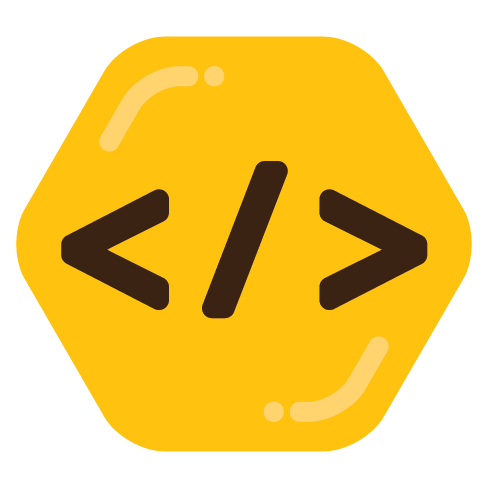Consider I only know apis are structured data that can be called or modified from within a program, and have no real further knowledge in real use cases nor in networking.
Where should I start from? Should I study backend?
I prefer docs rather than videos.


If you’re building a website, you’ll probably want to stick to Javascript over Rust.
This MDN article does a pretty good job at introducing the concept of making network requests in Javascript: https://developer.mozilla.org/en-US/docs/Learn_web_development/Core/Scripting/Network_requests. It focuses on the “fetch” API as the tool for making requests, which is the standard way to make network requests in Javascript. There are other tools like Axios that may make things easier, but “fetch” should be fine for your use case.
Another concept that will be relevant here is asynchronous programming: https://developer.mozilla.org/en-US/docs/Learn_web_development/Extensions/Async_JS/Introducing. Basically, there will be some delay between when you make the request and when you get a response. So you’ll need to write your logic in a way that does the “waiting” part correctly.
One important detail is that most APIs use some form of authentication. So when you’re “grabbing the data” from an external site, the site knows who you are and that you are allowed to access that data. Getting authentication right might be a little tricky, but here is an entry point: https://developer.mozilla.org/en-US/docs/Web/HTTP/Guides/Authentication. Basically, you’ll need to figure out what authentication strategy your headless CMS is using, and then make sure to safely pass those credentials when making your network requests. If the API(s) you are using are public, you won’t need to worry about this.
If your goal is primarily to get data from an external source, this should be a good starting point. You don’t necessarily need to get too deep into the backend or even the technical details of things like HTTP or REST. However, if you’re interesting in getting a deeper understanding of Web APIs, the other comment talking about building a skeleton API would be a good exercise.
Sounds to me like they’re not trying to create a website for now, but rather just process some data, which they can later display in a static webpage.
So, I’m guessing something like this:
But yes, unless there’s a lot of data to crunch, the design one would usually go for is rather:
So, the data calculations would happen in the user’s browser. You would still need some hosting for that webpage, but there’s lots of free services to put a simple webpage up.
And yes, when you go with that latter design, then JavaScript would be the typical choice. It’s still possible to do it with Rust, using WebAssembly (e.g. a colleague of mine has built a small statistics webpage which gets data directly from GitHub, using the Leptos framework), but it is definitely the less beaten path.
Having said all that, frankly, fuck the usual way of doing things. If you’re comfortable with Hugo for frontend work, then I think it’s legit to build a little backend to take over the dynamic part. Better to build a useful project and learn something than to get stuck trying to learn the ‘correct’ path of doing it. Especially if you’d rather learn about Rust than JS.